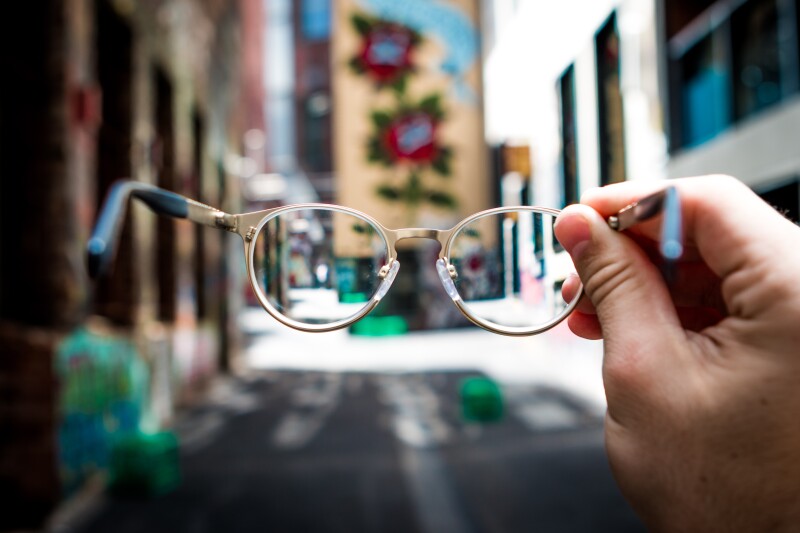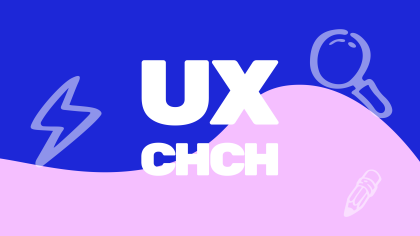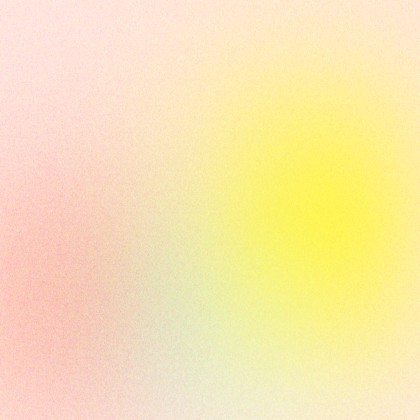Accessibility in software design is not a nice to have. It should be an embedded standardisation across the board.
My mother has been legally blind from the age of 15 and has worked for the Blind and Low Vision Foundation for 30 years.
Legally blind doesn’t mean she doesnt have vision, it is more an arbitrary line in the sand between low vision and sighted people. She can see things but only when presented with them an inch or two from her nose.
During New Zealand’s first major COVID lockdown, my partner and I flew from Auckland to stay with my parents. We were all working full time jobs from home and I got the privilege of observing my mother in her day-to-day operations as the foundation’s South Island Fundraising Manager.
Her setup consisted of what you might expect. High contrast screens, magnification accessibility software, and a big yellow keyboard.
But the thing that struck me was her drive to complete work independently without mention of her disability or request for aid.
And this is through a small window of vision that she once described to me as like looking at something an arm’s length away from you, through a sliver on a venetian blind.
The smallest head movement or movement in the subject greatly affects her ability to discern what she is seeing. In reality this meant she would put her face two inches from a screen and physically move from left to right reading an email.
The slightest movement meant she lost track of her position in a dense paragraph.
As you can imagine this left her with a great deal of eye strain and headaches. I thought, there must be a better way.
The Opportunity To Innovate a Solution for Low Vision End Users
At MadeCurious we take inspiration from the Spotify Model for scaling agile.
As part of that we frequently hold two-day professional development blocks called Guild Days, in which we are free to build upon areas of IT that a lot of the time don’t fall into our day-to-day areas of commercial development.
Through 2023, there has been an internal push to bring our accessibility practises to the forefront of all our projects, with many of the standardisation practices for accessibility coming across my desk. I wanted to build this experience into a project for Guild Days, so I began to think of the context of what this means to me and thought back to the challenges my mother faces every day.
This turned into a project close to my heart. One that might never see mainstream adoption, but offered powerful insights into how it’s possible to quickly innovate and produce something very much out-of-the-box.
None of which would have been possible without the teamwork and dedicated time to focus on the opportunity, which was fostered by Guild Days.
The Power of Teamwork and Dedicated Time To Focus on Accessibility Innovation
To define a solution we first had to define the problem. And that was about asking the right questions about my mother’s visual impairments:
For example:
- Seeing as the majority of her work consisted of her reading and replying to emails, why is her head moving?
- Why can't the words appear in the same position on the screen at that sweet spot where she can see?
Once we defined the problem, we had a guild day idea in hand.
I set out to solve this problem. The next step was to find someone to partner with during Guild Days.
At MadeCurious, we all have personal coaches who are usually senior colleagues who dedicate some of their time to provide support and act as a sounding board. So it was an easy decision to approach my personal coach, Tim Oliver, to partner with me on this project.
Tim is a Senior Developer who instantly looked at the problem, loved it, and then went on to point me in a fully different direction in the technology approach.
Where I was looking to create a big, hulking robust framework that can cater for this, Tim’s knowledge and advice was to use something I had never heard of - a simple bookmarklet - which would make the goal much more achievable in the time given.
Together we cracked onto building the solution to an accessibility issue that isn’t a core WCAG rule, but still a very real world problem.
The solution itself - which we have named Venetian - can take over any webpage to analyse the content.
The end user highlights content on the page, which appears as strong blue blocks which are easier to read for vision impaired users. Then, at a push of a button, they can launch a floating window that presents that content in a one-word-at-a-time cycle.
They can adjust the speed of that cycling and start the cycle over at any time.
After two days of development, we presented our solution to the rest of the team at our Friday presentation drinks, and are proud to show you an internal video of how content can be read in unqiue way for low vision users.
Job done, Mum proud ;)









